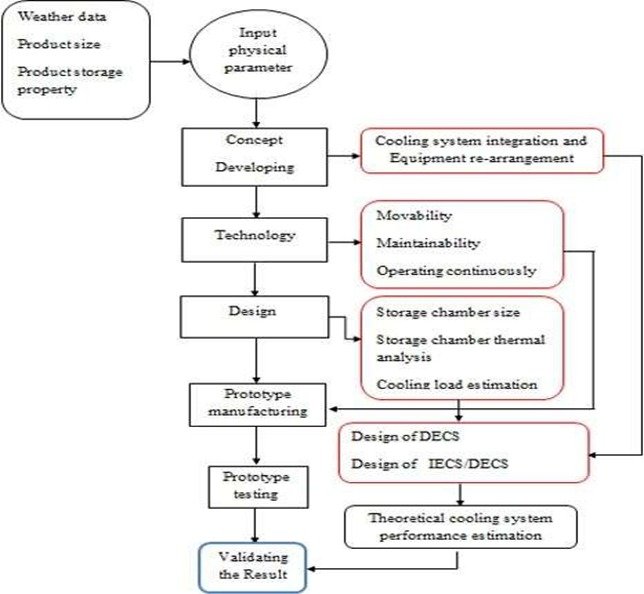Design, Fabrication and Evaluation of Evaporative Cooling System for the Storage of Fruits and Vegetables
Keywords:
Post-Harvest, Horticultural Crops, Ethiopia, System, Cooling.Abstract
Due to inadequate post-harvest storage facilities, post-harvest losses of horticultural crops (fruits, vegetables, and flowers) are quite high in Ethiopia. The loss has a detrimental effect on societal welfare, economic growth, and food security. A prototype of an evaporative cooling system was designed, built, and evaluated for its efficacy in the short-term storage of tomatoes in order to overcome these issues and decrease the perishability of the most economically viable crops. Technical advancements and reorganizations were made to the evaporative cooling system's architecture to make maintenance, operation, and handling easier. The design combines an indirect and direct evaporative cooling system to store horticulture products in a variety of locations with different environmental conditions. The cooler is portable and can hold 260 kg, which is the ideal amount of food for Ethiopia's majority of small-scale horticulture distributors. Temperatures dropped 9.6°C and 10.3°C, respectively, at a cabinet relative humidity of 85%, compared to traditional cooling systems. Tomatoes were the subject of a storage trial to compare its efficacy to the conventional method of merchant display in the open market for six days. The cooler used half as much energy as a normal vapour compression refrigerator with roughly the same amount of storage. It is found that integrated evaporative cooling systems may perform better in the majority of climatic situations.

Published
How to Cite
Issue
Section
Copyright (c) 2023 Authors

This work is licensed under a Creative Commons Attribution 4.0 International License.

